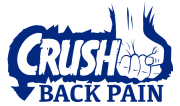A herniated disc is a common condition that occurs when the outer part of the disc (annulus fibrosus) is weakened, allowing the inner part of the disc (nucleus pulposus) to push outward. Herniated discs usually occur posterolaterally (to the back and side) because the annulus is thinner and unsupported by the anterior and posterior longitudinal ligaments in this area.
A herniated disc is classified as protruded, extruded, or sequestered.
Normal Disc
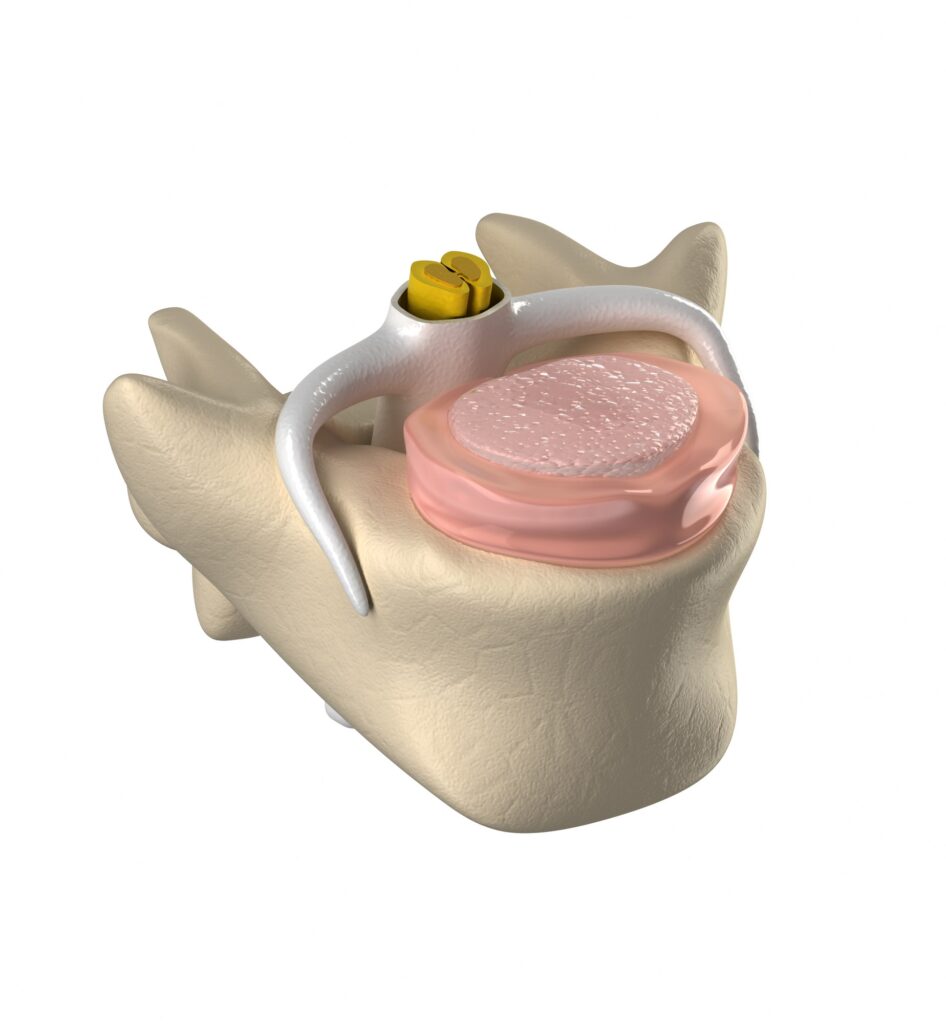
Disc Protrusion
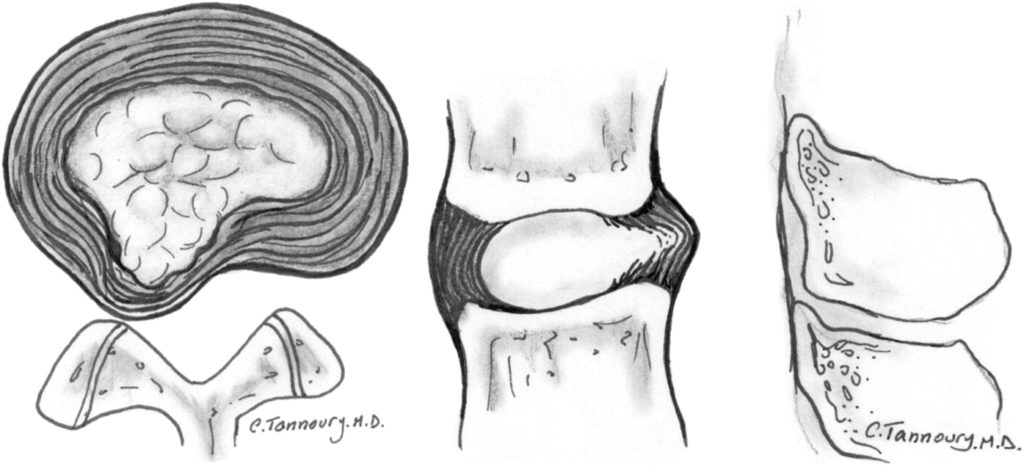
Disc Extrusion
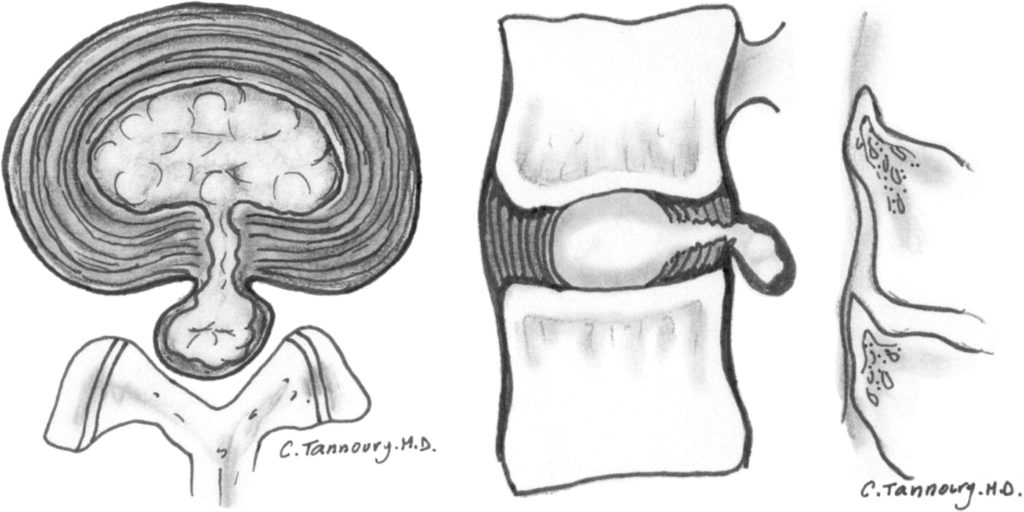
Sequestered Disc
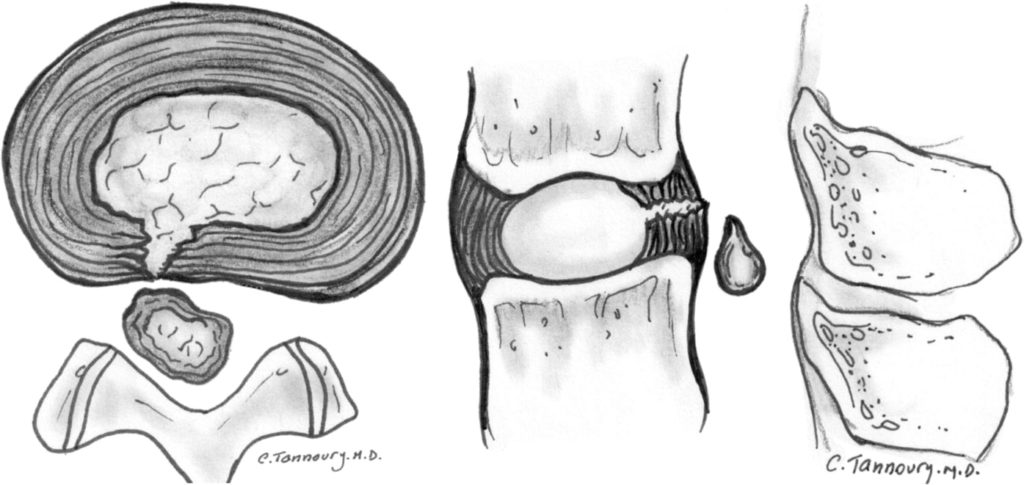
Herniated discs may or may not be painful. Of note is the fact that just as many people WITHOUT low back pain have herniated discs compared to people WITH low back pain.
A herniated disc may result in lower back pain, sciatica, or both. A herniated disc may be asymptomatic.
References
Fardon DF, Williams AL, Dohring EJ, Murtagh FR, Gabriel Rothman SL, Sze GK. Lumbar disc nomenclature: version 2.0: Recommendations of the combined task forces of the North American Spine Society, the American Society of Spine Radiology and the American Society of Neuroradiology. Spine J. 2014 Nov 1;14(11):2525-45. doi: 10.1016/j.spinee.2014.04.022. Epub 2014 Apr 24. Review. PubMed PMID: 24768732.

